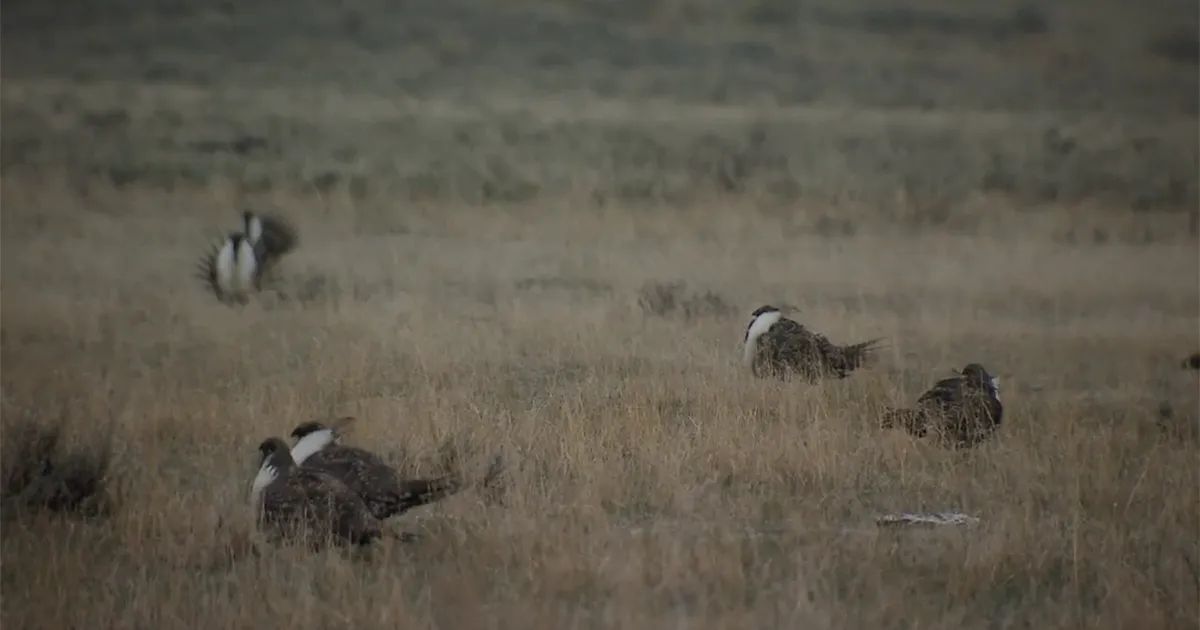
Public Meetings on Updated BLM Greater Sage Grouse Management Plan Underway Across the West
April 12, 2024
The Bureau of Land Management has announced a draft plan to strengthen greater sage-grouse conservation and management on public lands. This month the agency is holding eleven in-person open-house meetings throughout the west to provide information on its planning effort.
The first of these meetings kicked off in Billings, MT on April 11 at the BLM Montana/Dakotas State Office. BLM Sage Grouse Planning Effort Director Quincy Bahr from Utah talks about the agency’s goal of building on the 2015 and 2019 plans.
"The intent here is not to redirect redo what has been done before, but to build on those efforts," said Bahr. "There's been a lot of really good work done throughout the West. We wanted to look at that work, look at the body of science that's come out in the last seven years, and make sure that what we're doing aligns with that science. Are we putting the right priorities, where it makes sense to when it comes to the birds? Are we aligned with the best science when it comes to conservation measures, things of that nature?"
He says these public meetings really do provide the BLM with a lot of useful information in their decision making.
"We've been at this a long time, but we don't know everything," said Bahr. "We know that there's a lot of people who are out using the public lands who are familiar with the resources out there. I know a lot of the ranching community is has intimate knowledge of a lot of the public lands. The Native American indigenous cultures have a lot of knowledge of how these lands have evolved over time, and how they're being used. That information helps us inform our decisions and make better decisions as we go forward."
He also says that the BLM's main objective is keeping the greater sage grouse off of the federal endangered species list, and their preferred alternative in the draft Environmental Impact Statement includes livestock grazing.
"Grazing has a place on the public landscapes," said Bahr. "The sagebrush biome we've shown through literature can sustain and in instances benefit from livestock grazing. There's also literature that can demonstrate that in certain circumstances, in certain areas, there can be a conflict. We want to implement the measures that would minimize that. We want grazing to be able to continue because as these landscapes are managed in a healthy manner, they'll be able to support both livestock grazing and sage grouse."
Source: Western Ag Network










